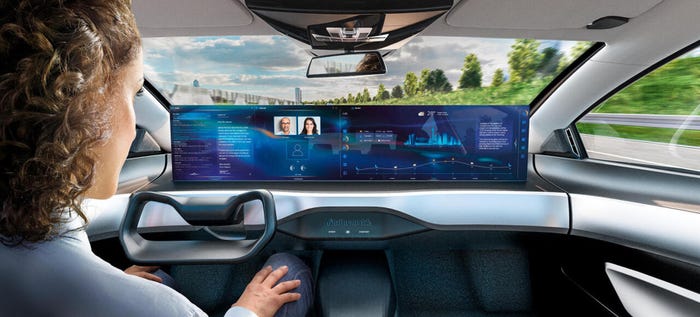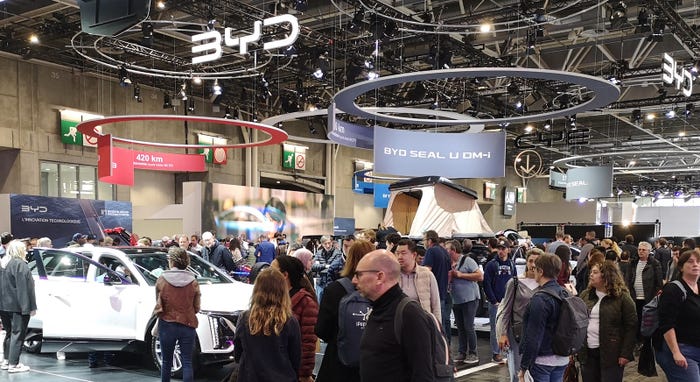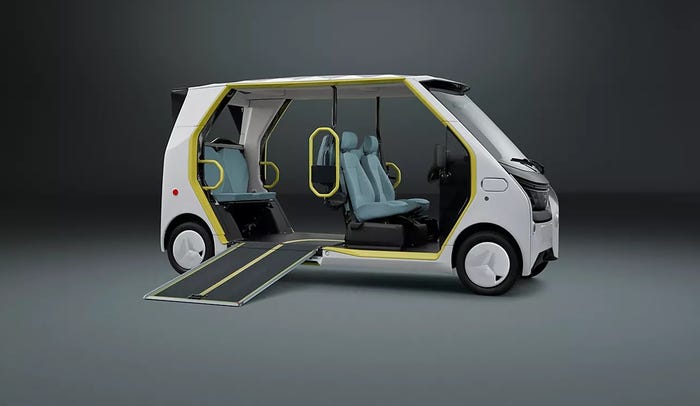Volkswagen Takes Big Step in 3D Printing
The German automaker says its process, developed with partners HP and GKN Powder Metallurgy, prints metal parts 50 times faster than other 3D printing methods depending on the part.

Volkswagen appears to have leapt to the forefront of 3D printing within the automotive industry, as the German automaker reveals today the capability for high-speed metallurgical part printing with plans to soon implement the technology into its production process.
“Automotive production is facing major challenges: Our customers are increasingly expecting more personalization options,” says Martin Goede, head of technology planning and development at VW.
“At the same time, complexity is increasing with the number of new models. That’s why we are relying on state-of-the-art technologies to ensure smooth and fast production. 3D printing plays a particularly important role in manufacturing of individual parts,” Goede says in a statement ahead of unveiling the process at the International Manufacturing Technology Show in Chicago.
Automakers have been pursuing 3D printing technology for several years. However, it has been limited to composite parts because it can take days to print even a plastic part the size of bread box. Its potential has been considered greatest in the product-development phase, where multiple parts could be printed for testing.
Earlier this year, however, IAV Automotive Engineering showed a process for printing metal parts such as engine pistons and cylinder heads. The designs were lighter and thermally more efficient, but again reserved, for now, to the product-development sphere.
But VW says its process, developed with partners HP and GKN Powder Metallurgy, prints metal parts 50 times faster than other 3D printing methods depending on the part. The efficiency of the HP Metal Jet process also opens the door to produce large quantities of parts in a short period of time.
VW does not envision printing an entire vehicle anytime soon, as some companies suggest will be possible, but instead could produce without great difficulty individualized design parts such as tailgate lettering, unique gear knobs or key sets, with personalized lettering.
Other automakers also are chasing 3D printing. General Motors, for example, recently showed WardsAuto a generative design technology combined with artificial intelligence and cloud computing to print 3D metal parts. The process, developed with partner Autodesk, produced a proof-of-concept seat bracket 40% lighter and 20% stronger than the part it would replace.
GM has not used the technology but plans to continue working with Autodesk on a solution to build lighter-weight vehicles in the future.
VW will work with GKN as early as next year to establish a process for automotive production with HP Metal Jet with an eye on manufacturing the first structural mass-production components from it within two or three years.
According to VW, the HP Metal Jet process is an additive process in which parts are produced layer by layer using a powder and binder. The part then is baked into a metallic component in the so-called sintering process. This differs from previous processes in which powder is melted by means of a laser, the automaker says.
VW is investing $10 billion over the coming years in electrification and the 3D printing process, as GM also suggests, will make those vehicles lighter for extended range without sacrificing crashworthiness.
About the Author
You May Also Like



.jpg?width=700&auto=webp&quality=80&disable=upscale)

